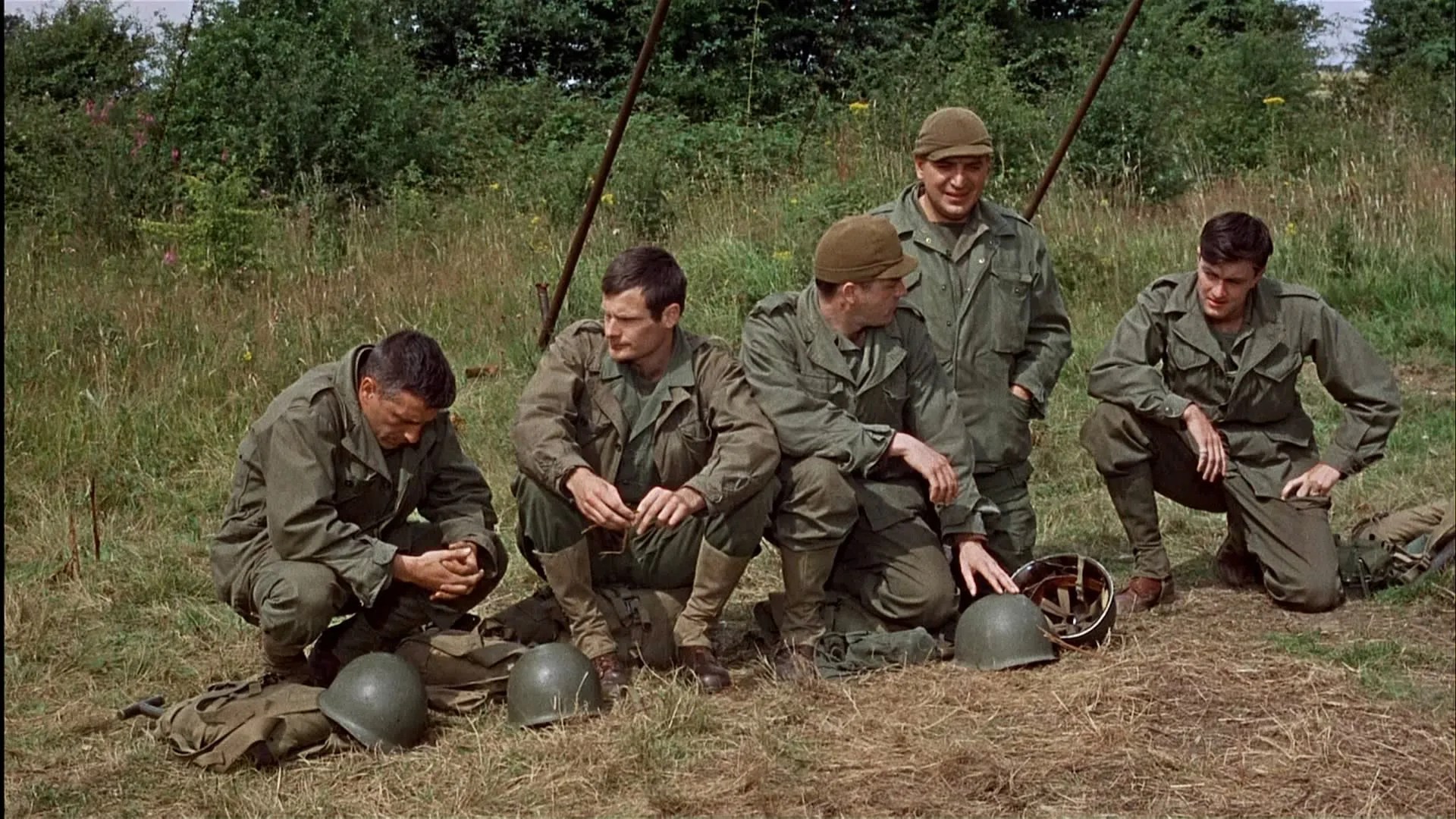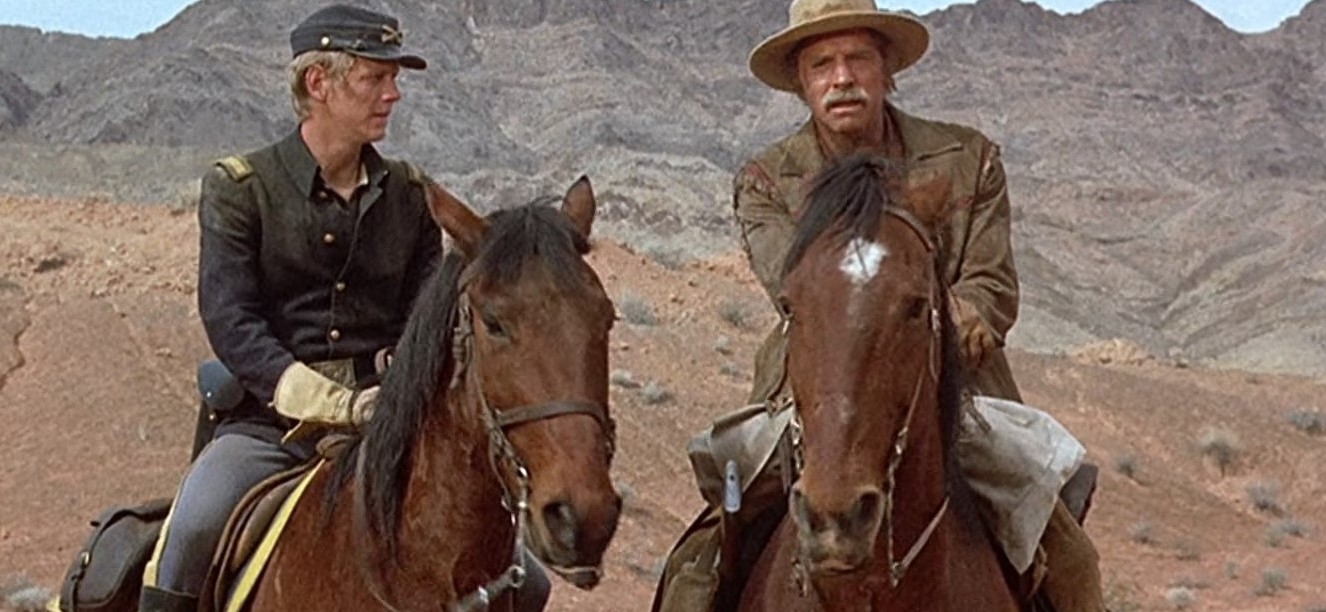Robert Aldrich, an American director, is well regarded for his versatility and ability to imprint his unique style across various genres, ranging from film noir and westerns to war films and horror. He was noted for his proclivity to feature outsider characters and anti-heroes, challenging Hollywood’s traditional depictions of heroism. His diverse repertoire includes films like the groundbreaking horror What Ever Happened to Baby Jane? and the classic film noir Kiss Me Deadly, reflecting his creative range and willingness to venture beyond the established norms.
Coming from a background of varied roles in film production, including stints as an assistant director and production manager, Aldrich rose to fame in the mid-1950s with films that showcased his unique stylistic flair and ability to create high tension. This, combined with his knack for focusing on outsider characters, painted a picture of his disillusionment with societal norms. A central element of Aldrich’s cinematic style was his use of black and white cinematography, demonstrated in Kiss Me Deadly, which added depth to his narratives and heightened the dramatic tension.
His films were not just entertainments but vehicles for social commentary, imbued with a palpable sense of cynicism. In Attack, he critiques the military, and in The Big Knife, he takes a jab at Hollywood itself; his ability to make profound statements through his films made Aldrich a thought-provoking director. Moreover, Aldrich often diverged from typical Hollywood gender norms by offering strong, complex roles for women, as showcased in What Ever Happened to Baby Jane? and Hush…Hush, Sweet Charlotte.
Aldrich had a penchant for maintaining control over his creations, which led him to establish his own production company. This allowed him to explore controversial themes and maintain the bold style that became his signature. Collaborating frequently with actors like Burt Lancaster and Lee Marvin, he was also noted for his directorial efforts with Bette Davis and Joan Crawford in What Ever Happened to Baby Jane?, a venture that led to one of the most iconic horror films of the 1960s.
The influence and legacy of Aldrich are apparent in the works of many filmmakers who followed. For instance, his film Kiss Me Deadly notably impacted the French New Wave, influencing directors like Jean-Luc Godard. Furthermore, What Ever Happened to Baby Jane? revitalised horror, providing a template for many films within the genre. Aldrich’s unique blend of stylistic prowess, character depth, and societal critique has firmly cemented his place in film history, inspiring countless filmmakers worldwide.

Robert Aldrich (1918 – 1983)
Calculated Films:
- Kiss Me Deadly (1955)
- Attack (1956)
- What Ever Happened To Baby Jane (1962)
- Flight of the Phoenix (1965)
- The Dirty Dozen (1967)
Similar Filmmakers
- Anthony Mann
- Arthur Penn
- Budd Boetticher
- Don Siegel
- J. Lee Thompson
- John Flynn
- Richard C. Sarafian
- Sam Peckinpah
- Samuel Fuller
- Stanley Kubrick
- Walter Hill
- William A. Wellman
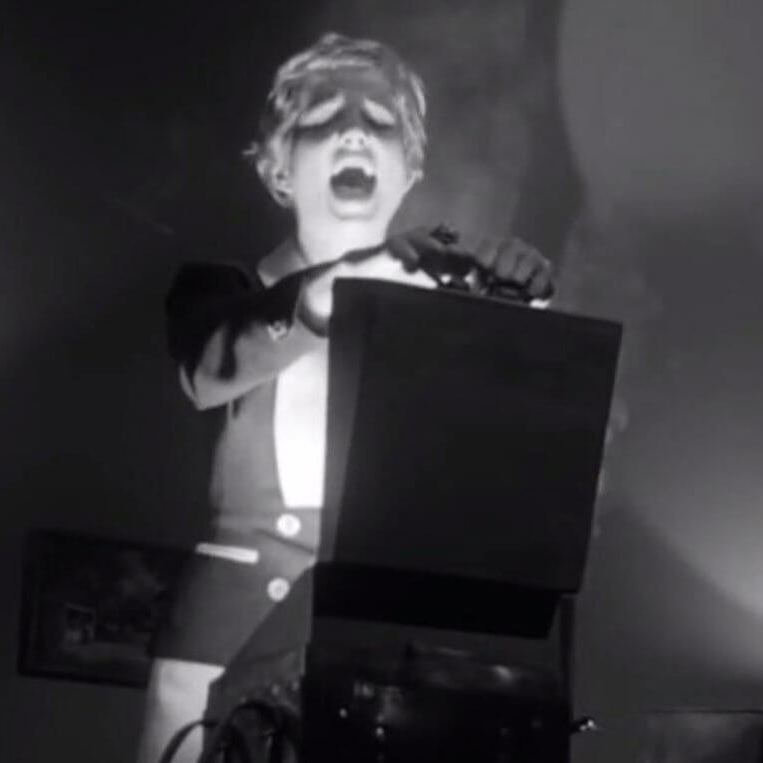


Robert Aldrich’s Top 10 Films Ranked
1. What Ever Happened To Baby Jane (1962)
Genre: Psychological Thriller
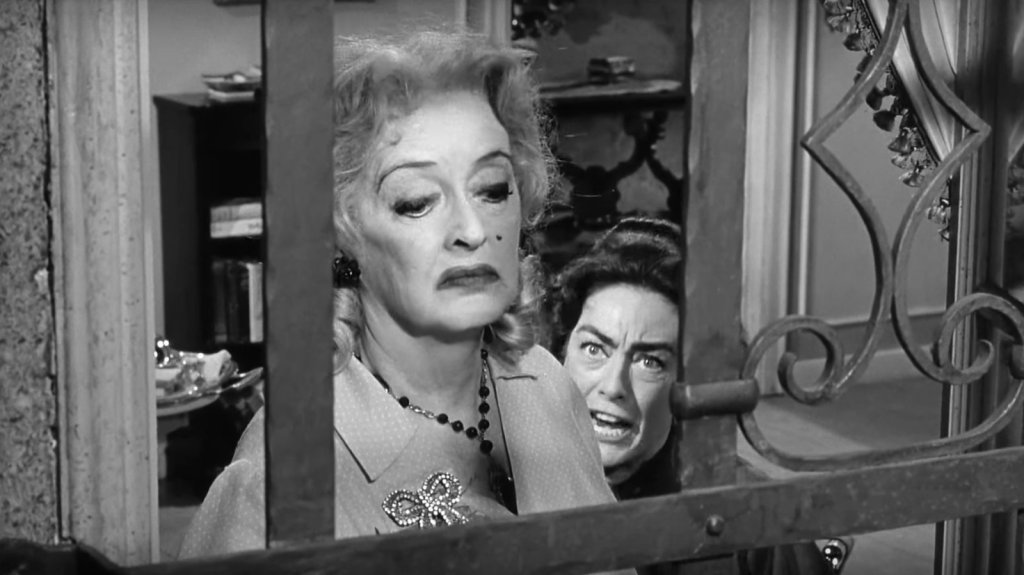
2. Kiss Me Deadly (1955)
Genre: Film Noir, Thriller, Mystery
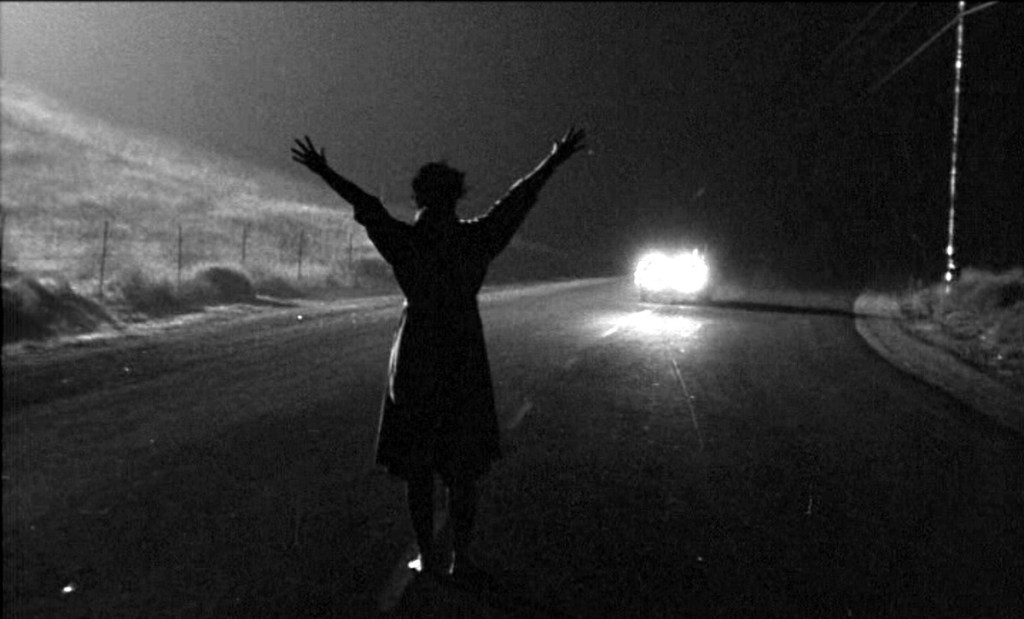
3. The Dirty Dozen (1967)
Genre: War, Action
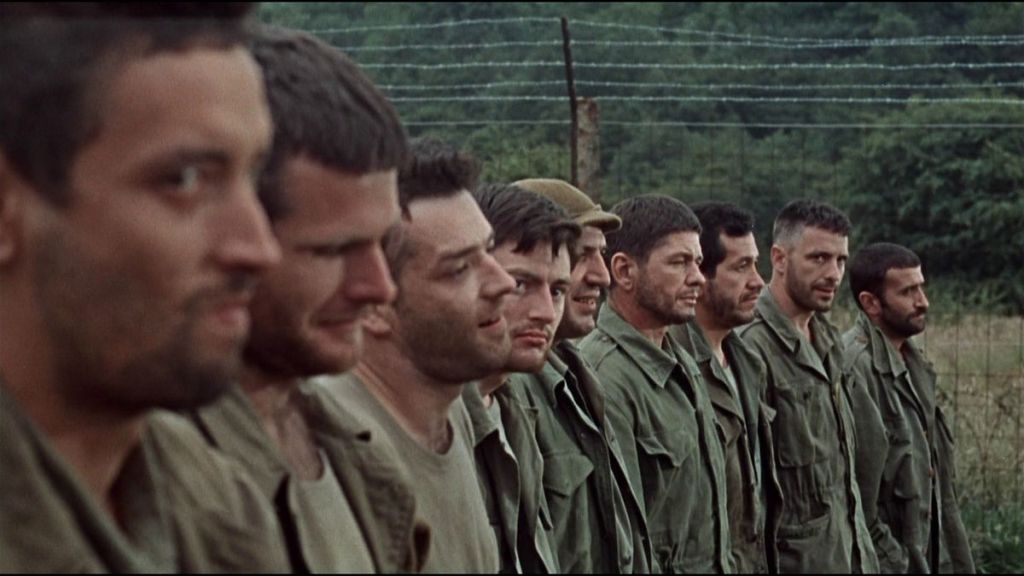
4. Ulzana’s Raid (1972)
Genre: Revisionist Western
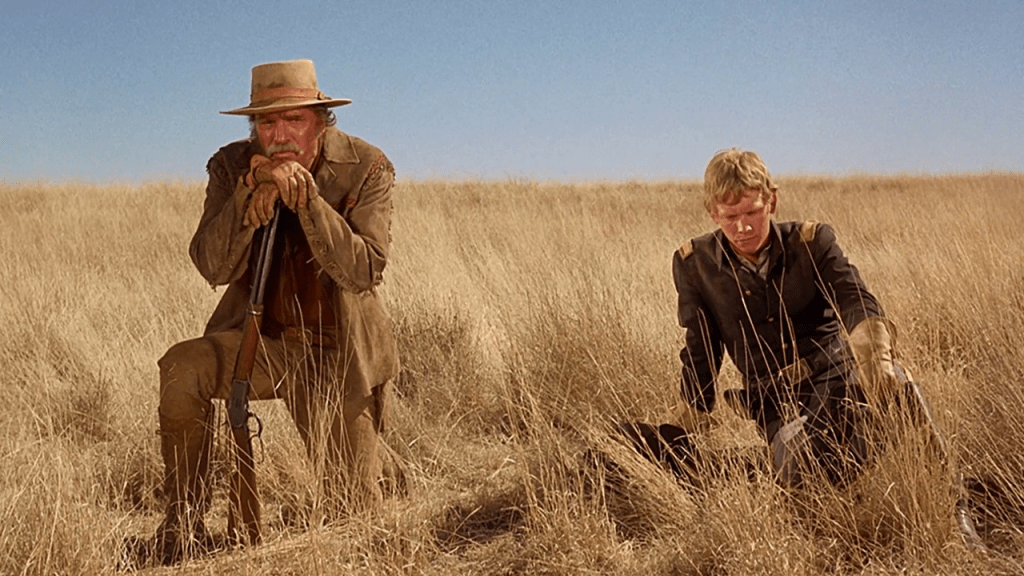
5. Emperor of the North Pole (1973)
Genre: Action, Adventure

6. Hush Hush… Sweet Charlotte (1964)
Genre: Psychological Thriller, Mystery, Southern Gothic

7. Attack (1956)
Genre: War

8. The Flight of the Phoenix (1965)
Genre: Adventure, Survival, Drama

9. Vera Cruz (1954)
Genre: Western

10. Autumn Leaves (1956)
Genre: Romance, Melodrama

Robert Aldrich: Proto-New Hollywood
Robert Aldrich had this knack for presenting characters that were at once revolting and fascinating; humans laid bare, unfiltered, and painfully genuine. While other directors of his time were painting pretty pictures with harmonious colours, Aldrich was all about that gritty texture, that emotional rawness that kept you awake at night.
Born in Cranston, Rhode Island, to a well-off family, Aldrich had it all on a platter but chose the path less trodden. Attending the University of Virginia, he soon found himself immersed in the allure of films, abandoning any pretence of conventional life. His early days in Hollywood were marked by apprenticeships under directors like Charlie Chaplin and Jean Renoir. But it was clear from the get-go that Aldrich’s own vision was something else entirely, something untamed.
His directorial debut, Big Leaguer, might not have knocked it out of the park, but it offered glimpses of his affinity for complicated characters. Then came Apache and Vera Cruz, where you could see Aldrich’s fascination with the anti-hero, a theme that he’d continually explore, shattering moulds and norms as he went along.
In an industry where many directors contented themselves with meeting expectations, Aldrich was a breed apart. He didn’t shy away from the grotesque or the morally murky, and his films weren’t there to soothe your senses; they were there to slap you in the face and wake you up. Whether the backstabbing brutality in Kiss Me Deadly or the existential warfare in Attack, Aldrich’s cinema was uncompromising.
In many ways, Aldrich was like his characters – unconventional, determined, and wildly defiant. Even when faced with financial failure or critical indifference, he kept to his path, crafting films that were truly his own. He was arguably the quintessential rebel of 50s Hollywood, and his films were declarations of war against complacency, an ode to humanity’s darker shades.
Yet, in the 1960s and 70s, Robert Aldrich truly came into his own. If the preceding decade saw him gaining traction and asserting his distinct style, this period established him as a force to be reckoned with. Like a hurricane blowing through the established order, Aldrich’s films of this era were audacious, ambitious, and marked by a refusal to be categorised.
He started the 1960s with The Angry Hills, a thriller wrapped in moral ambiguity. But it was Whatever Happened to Baby Jane? that truly signalled Aldrich’s disruptive brilliance. Unflinching in its portrayal of twisted psychology, it wasn’t just a thriller but an incision into the human psyche. Joan Crawford and Bette Davis on the screen under Aldrich’s direction were more than a show; it was cinema turning on itself, exposing its deepest, darkest secrets.
Aldrich’s exploration into different genres was fearless. The war drama The Dirty Dozen gave audiences a jolt of violent realism, unmatched in its brash and brutal honesty. His adaptation of The Killing of Sister George was a dive into the complexity of sexual identity, a theme seldom addressed in the mainstream narrative of the time.
Entering the 1970s, Aldrich continued to surprise and challenge. He tapped into the political paranoia of the time with Twilight’s Last Gleaming, a film that was both a thriller and a meditation on power, control, and disillusionment. His ability to intertwine social critique with cinematic aesthetics was uncanny, almost subversive.
Some filmmakers create movies; Aldrich made experiences. Every frame he directed was alive, pulsating with a force transcending mere storytelling. Whether it was the raw terror of Hush…Hush, Sweet Charlotte or the hard-nosed reality of Hustle, Aldrich was a maestro conducting symphonies of emotion, power, and truth.
The raw energy and uncompromising realism that characterised Aldrich’s films inspired a generation of directors who defined the New Hollywood movement. He was a precursor to Scorsese, Coppola, and Spielberg, filmmakers who would take his lessons to heart and push cinema into new, uncharted territories.
What set Aldrich apart was his unwillingness to be boxed into a single genre or style. From the psychological horror of What Ever Happened to Baby Jane? to the war epic The Dirty Dozen, his films defied easy classification. This flexibility and refusal to conform made him a true cinematic chameleon, a director unafraid to take risks and push boundaries.
But Aldrich’s influence wasn’t confined to Hollywood alone. His work resonated globally, with directors like Jean-Pierre Melville and Rainer Werner Fassbinder citing him as a significant influence.
Aldrich’s final years were marked by a struggle to secure funding and creative control, a battle many visionary directors face. But even in his twilight years, Aldrich’s passion for filmmaking never waned. His last film, …All the Marbles, was a fitting testament to his enduring talent and creativity.
Most Underrated Film
Robert Aldrich’s 1977 film Twilight’s Last Gleaming is often overlooked in discussions of his most celebrated works. Set against the backdrop of the Cold War, it explores themes of power, control, and political manipulation. The plot follows a renegade U.S. Air Force General who takes control of a nuclear missile silo and threatens to launch its deadly contents unless the government reveals a shocking secret about the Vietnam War. What ensues is a tense and gripping standoff, a battle of wills and ideologies.
Aldrich’s direction is taut and focused, allowing the audience to feel the growing tension and desperation of the characters. He builds suspense methodically, slowly peeling back layers to reveal the motivations and fears of the individuals involved. The film’s intensity is further heightened by the cast’s exceptional performances, led by Burt Lancaster as the disillusioned General.
But what sets Twilight’s Last Gleaming apart is its willingness to engage with difficult questions about patriotism, duty, and the very nature of democracy. It challenges viewers to confront their beliefs and assumptions, offering no easy answers or comforting resolutions.
Unfortunately, Twilight’s Last Gleaming” was not a commercial success upon its release, and Aldrich’s more famous films have often overshadowed it. Yet, its potency has not diminished over time. The issues it explores remain relevant, and its unflinching examination of human nature continues to resonate.
Robert Aldrich: Themes & Styles
Themes
- Power and Corruption: Aldrich often tackled the intricacies of power dynamics, be it within a family, an organisation, or a political system. His characters frequently struggle with moral dilemmas, where authority and control can become corrupting forces.
- Conflict and Rebellion: Many of Aldrich’s films contain elements of internal or external conflict, often centred around an individual or a group rebelling against the status quo. This theme resonates in movies like Twilight’s Last Gleaming, where disillusionment sparks rebellion.
- Masculinity and Toughness: Aldrich’s exploration of masculinity often emphasises rugged individualism and moral complexity. Characters are portrayed as gritty, tough, and morally ambiguous, challenging conventional heroic narratives.
Styles
- Visual Expressionism: Aldrich’s films often utilised striking visual techniques, including stark contrasts, dramatic lighting, and unique camera angles. His expressionistic style added depth to the emotional content and often served as a metaphorical commentary on the themes being explored.
- Narrative Complexity: Aldrich was known for his intricate and layered storytelling. His plots are filled with twists, turns, and nuanced character development, requiring the audience’s attention and engagement.
- Blending of Genres: He had the ability to combine elements from different genres seamlessly. Whether it was a war film, thriller, or family drama, Aldrich managed to weave in aspects of various genres to create a unique cinematic experience. For example, he seamlessly blends drama, adventure, and thriller in The Flight of the Phoenix.
Directorial Signature
- Character Depth: Aldrich’s characters are never one-dimensional. He often crafted characters with deep psychological complexity, making them feel real and relatable. Even villains in his films are given depth and humanity.
- Social Commentary: Many of his films serve as social commentaries, addressing issues of the time or universal human conditions. Whether commenting on political corruption or societal norms, Aldrich’s voice is clear and resonant.
- Uncompromising Vision: Perhaps his most defining trait was his willingness to challenge conventions and push boundaries. His films were not designed for pure entertainment; they were meant to provoke thought, stir emotions, and often discomfort the audience. With movies like Ulzana’s Raid, Aldrich was willing to challenge conventional portrayals, particularly regarding Native Americans, setting it apart from other Westerns.
- Collaboration with Actors: Aldrich’s relationships with his actors were integral to his process. He often worked with the same actors across multiple films, such as Burt Lancaster, Lee Marvin and Joan Crawford.
Further Reading
Books:
What Ever Happened to Robert Aldrich?: His Life and His Films by Alain Silver – A comprehensive examination of Aldrich’s life and career.
The Films of Robert Aldrich by Edwin T. Arnold – A book that explores Aldrich’s distinct directorial style and contributions to various film genres.
Robert Aldrich: Interviews edited by Eugene L. Miller – A collection of interviews that provide personal insights into Aldrich’s thoughts on filmmaking.
Articles and Essays:
The Real Robert Aldrich by Robert Koehler, Directors Guild of America
Robert Aldrich by Alain Silver, Senses of Cinema
Robert Aldrich: An Independent Career by Rick Thompson, Screening the Past
Robert Aldrich: The 199th Greatest Director


